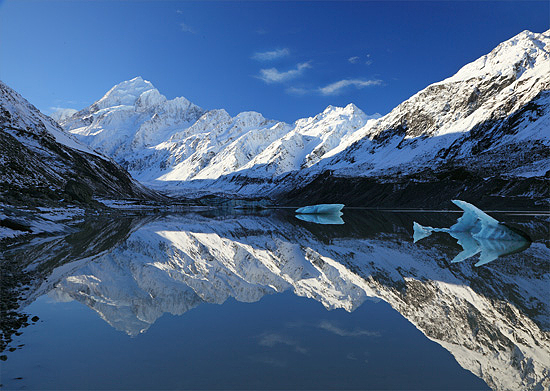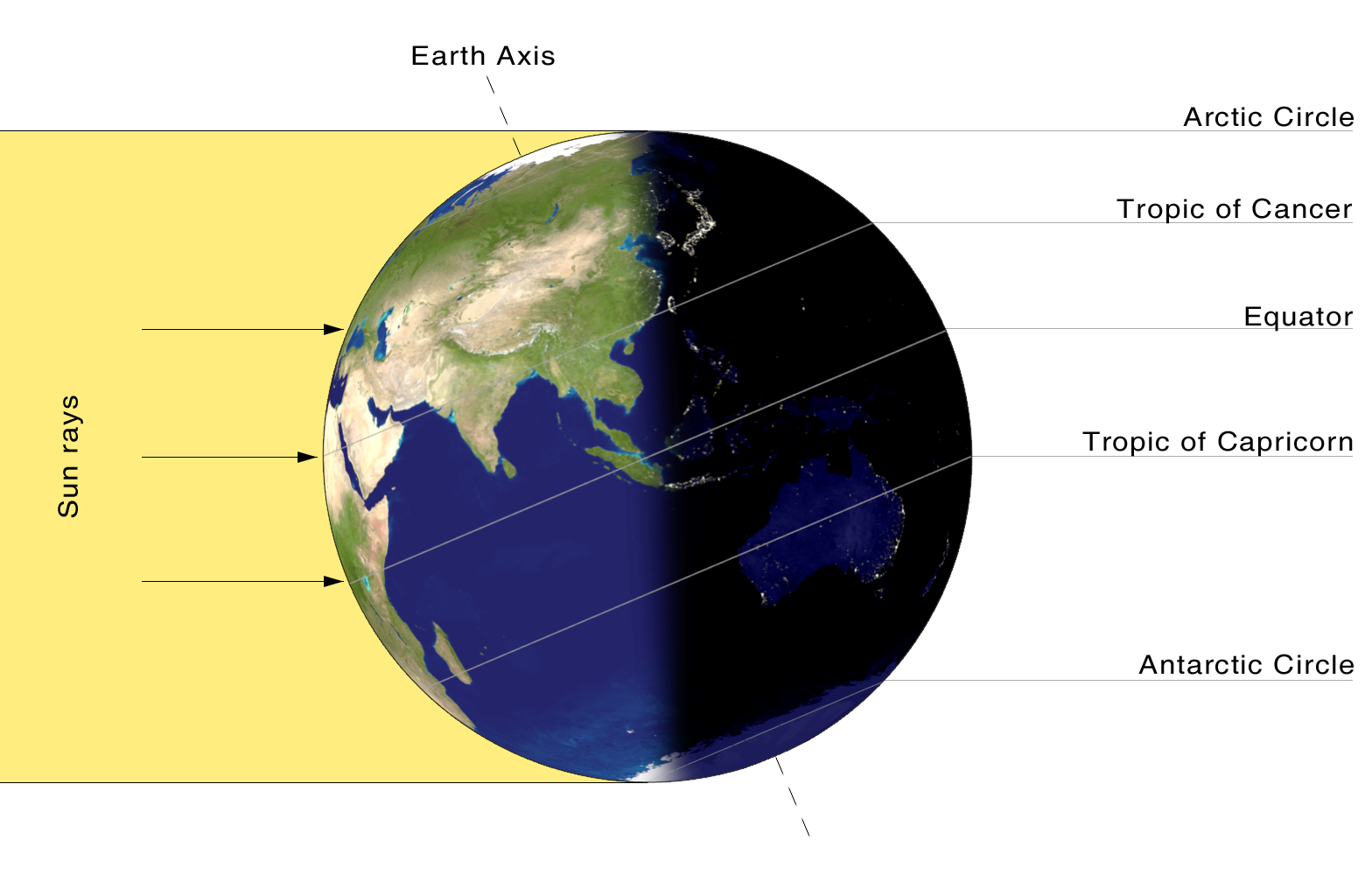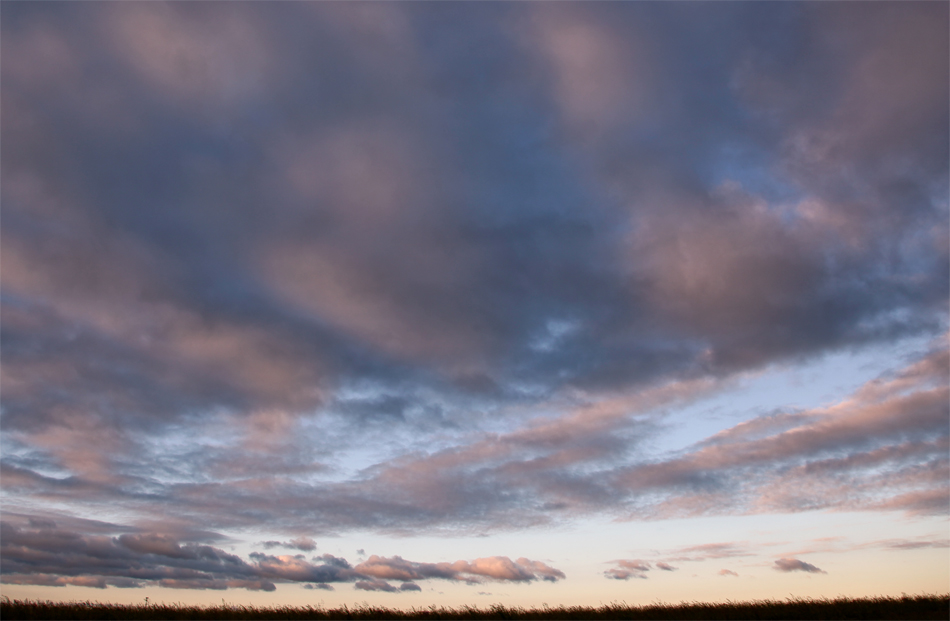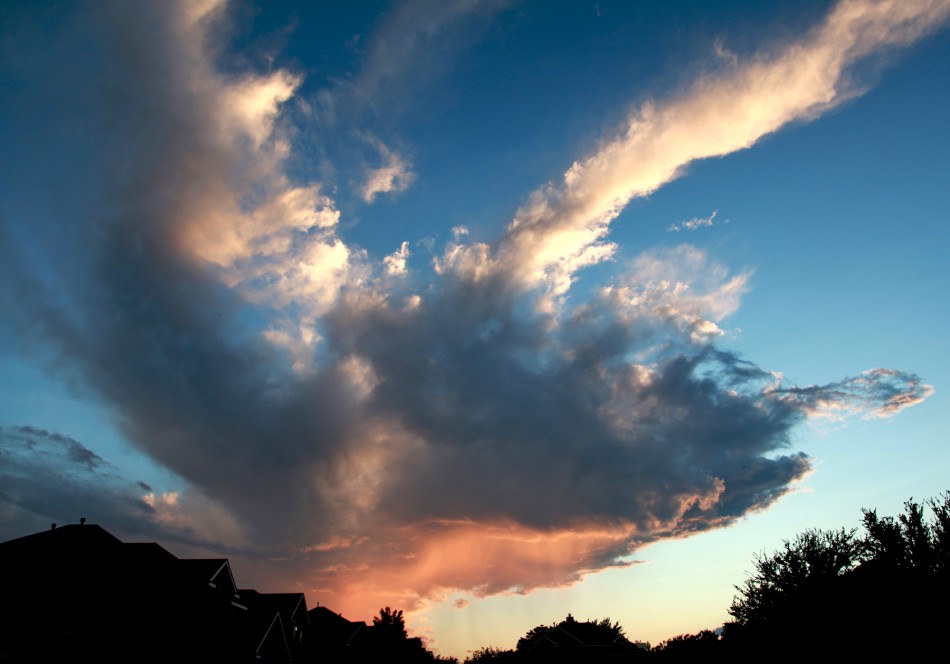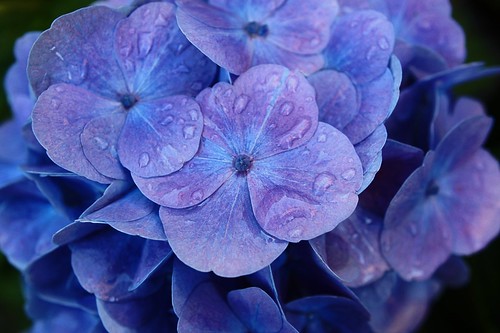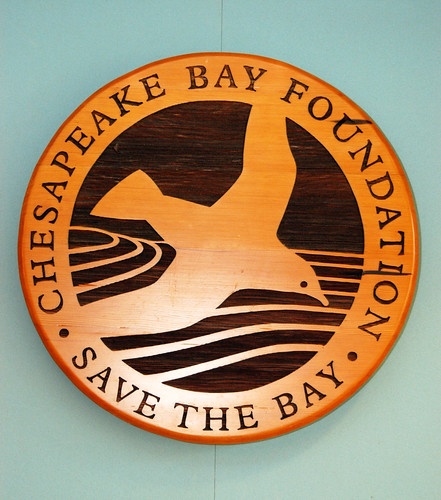This phenomenal satellite imagery reminded me why geography is obviously the best major.

Lena Delta – The Lena River, some 2,800 miles (4,400 km) long, is one of the largest rivers in the world. The Lena Delta Reserve is the most extensive protected wilderness area in Russia. It is an important refuge and breeding grounds for many species of Siberian wildlife.

Malaspina Glacier – The tongue of the Malaspina Glacier, the largest glacier in Alaska, fills most of this image. The Malaspina lies west of Yakutat Bay and covers 1,500 sq. MI (3,880 sq. km).
Here is the official website of the Landsat Program: http://landsat.gsfc.nasa.gov/
Jointly managed by NASA and the USGS, this is a remote sensing satellite system responsible for taking imagery of Earth since the early 1970’s – nearly 40 years now. The most recent installment, Landsat 7, was launched in 1999. Landsat 7 orbits the entire Earth roughly every 16 days, taking approximately 532images per day. These images are especially useful for evaluating the extensive changes our planet undergoes either from natural or man-made causes.
The Landsat team compiled a small collection of the most fascinating images into a presentation called Our Earth As Art, which is where I found the images in this post and the link for which is posted below.
http://earthasart.gsfc.nasa.gov/image_index.html


